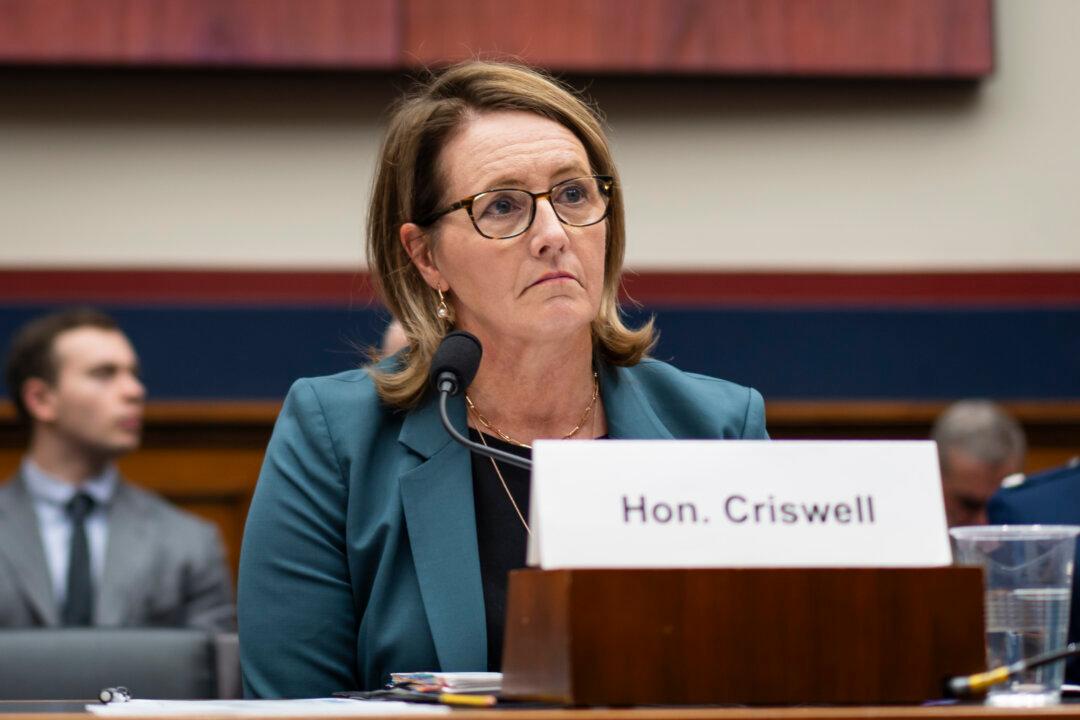Turley also posited that, despite the security recommendations of the court’s marshal, the inconclusive investigation would likely only serve to embolden future leakers.
“The nature of the Court’s work requires a free flow of drafts and memoranda,” he noted. “That is why we hope to achieve through deterrence what was not achieved through ethics.
The Leak
While, in general, Supreme Court leaks are rare, the Dobbs leak was made all the more significant by the implications of the ruling on nearly a half-century of abortion law in the United States.Politico, having exclusively obtained an early draft of the opinion, published it May 2 as part of a report titled, “Supreme Court has voted to overturn abortion rights, draft opinion shows.”
Calling the leak an “egregious breach” of the court’s trust, Chief Justice John Roberts ordered an investigation into its source.
The Investigation
Prior to Thursday’s report, the court had been tight-lipped on the progress of its investigation, with the only updates coming from anonymous sources.Led by Supreme Court Marshal Gail Curley, the court’s investigative team comprised “seasoned attorneys and trained federal investigators with substantial experience conducting criminal, administrative and cyber investigations,” per Curley’s report.
But after conducting 126 formal interviews of 97 employees, the team was unable to identify the individual responsible for the leak.
“No one confessed to publicly disclosing the document and none of the available forensic and other evidence provided a basis for identifying any individual as the source of the document,” Curley noted.
While the possibility of a hack could not be entirely ruled out, the team found that the evidence did not suggest improper outside access.
Investigators were likewise unable to rule out inadvertent or negligent disclosure, “for example, by being left in a public space either inside or outside the building.”
“During the course of the investigation, I spoke with each of the Justices, several on multiple occasions,” she said. “The Justices actively cooperated in this iterative process, asking questions and answering mine. I followed up on all credible leads, none of which implicated the Justices or their spouses. On this basis, I did not believe that it was necessary to ask the Justices to sign sworn affidavits.”
While also noting in her report that investigators were still reviewing and processing some electronic data and that a few inquiries were pending, Curley proposed several security improvements to prevent future breaches, including enhanced training, tracking mechanisms to monitor the printing and copying of documents, and policy updates on the handling of draft opinions and who can access sensitive information.
In a statement attached to the report, the court offered Curley their “full support” as she and her team continue their investigation.





